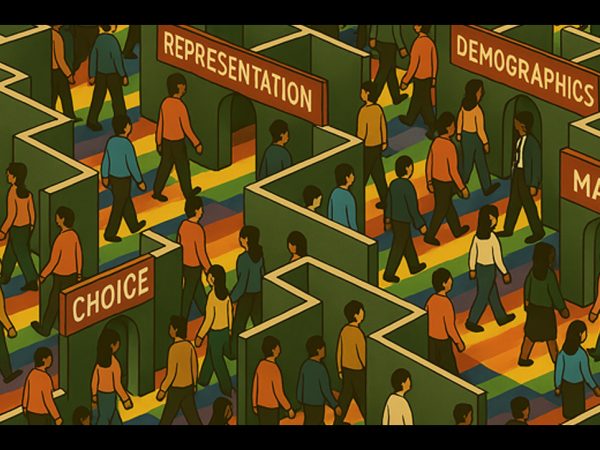I have been in media sales for well over 25 years, and one thing I don’t often hear mentioned is what you might call the New York City bias in media. It’s a bias unique to this city since most ad agencies have a presence in New York, perhaps the most media-rich city in America.
I remember my early days selling top US cities’ media, and every media buying agency would rattle off their interested markets — New York, Los Angles, San Francisco, Chicago, Boston, Atlanta, Miami, Dallas, Houston, and maybe another here or there. I would always say, “Oh you forgot Philadelphia?” “Philadelphia?” “Yes, it is the fifth largest city!” “It is? OK, well, add it.”
That was how I learned about the New York bias. New Yorkers just did not think about cities like Philadelphia. But if I mentioned it, they would add it. If I forgot, they would forget too, unless of course the client brought it up or they were looking at a list of top 10 markets. Today, the fifth largest city is Phoenix, and let me tell you, it never comes up unless the client mentions it or, again, they are looking at a list. That is the New York media bias.
Now take that to LGBTQ media, of which most is local. New York, America’s largest city, is woefully underserved by LGBTQ-specific media. There are lots of reasons for this, mostly revolving around cost of distribution, newsstand space and cost, and just plain advertising support now that LGBTQ people are so spread throughout the boroughs as opposed to just living in “gayborhoods” like The Village or Chelsea or Hell’s Kitchen. There is good LGBTQ media here, but it is hard to compete for visibility in Midtown and Downtown, and so it is much less “seen” than in other big cities with more defined gay sections of town.
This bias hurts all LGBTQ print media around the country because these same buyers, as well as everyone’s own bias towards their own media habits, do have a real effect. I can’t tell you how many media teams are surprised when I mention that print still dominates the LGBTQ community for news, presence, and readership. Add to that the mainstream digital mantra of “print is dead,” and you see why I write this. In fact, the last time we measured LGBTQ print circulation pre-pandemic (2019), it was up 5 percent, which was unheard of then. The fact that circulation has remained steady is an amazing story. There are a ton of reasons for this, mostly that we are a physical community, and the primary distribution is at LGBTQ business establishments. Additionally, approximately 90 percent of LGBTQ digital content comes directly from print products to drive impressions.
The point of all this is to remember that we all have our own biases that we must fight against. Think, “I never read the New York Times” or “I only read the New York Times,” and it all seems so obvious. Therefore, it is important to look outside your bubble and do the research that clients literally spend a fortune on. The good news is that no matter your market or target, the research is available, current, and needs to be used much more, especially when trying to reach minority markets that have different and unique media usage.
Lastly, as everyone living or working in and around New York City knows, it is its own world, uniquely separated from other markets and even in its very own metropolitan area by water. With so much media buying coming from the most unique US market, we really need to make sure we look outside our bubble. And yes, I’m in the New York metropolitan market too, so you’re not the only one.

Show Comments



